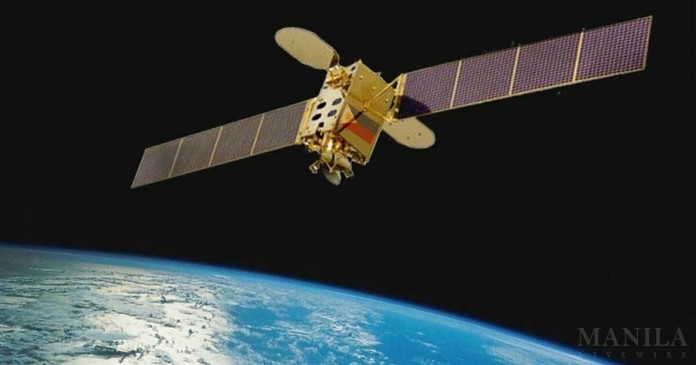
The Philippines first Filipino-assembled two satellite will be launch in space in 2016 and 2017 Official from the Department of Science and Technology (DOST) said.
Officials of the Department of Science and Technology (DOST), Tohoko University (TU), and Hokkaido University (HU) will be doing the handover on Jan. 12, 2016 to the Japan Aerospace Exploration Agency (JAXA) for launch in space after the completion of the assembly and testing in December 2015, of the 50-kg Philippine Earth Observation Microsatellite, nicknamed “Diwata.”
JAXA will send the microsatellite to the United States, where a spaceship will carry it to the International Space Station (ISS), orbiting 400 km. above Earth, for launch in space, he added. Diwata will be launched either from California or Florida.

The 3-year project will cost a total of P840.82 million ($19 million). Of this, P324.8 million ($7.3 million) will be shouldered by the Philippine government while P515.92 million ($11.6 million) will be shouldered by two Japanese universities, Tohoku University, and Hokkaido University.
Funds from the Philippines have been programmed by the Department of Budget and Management until 2017, said DOST Undersecretary Rowena Cristina Guevara.
DOST Secretary Mario Go Montejo confirmed yesterday that Diwata satellite will be used to provide weather detection and forecasts, disaster risk management, detecting agricultural growth patterns, monitoring of the forest cover and likewise to monitor the territorial borders of the Philippines.
Also, read this: Philippines satellite slot in outer space grabbed and occupied by China
Montejo said that aside from the two satellites, a ground receiving station called the Philippine Earth Data Resources Observation (Pedro) Center will be established under the program and it will be built at the Subic Freeport in Zambales.
The facility will receive the data and images captured by the satellites and process them into information that can then be disseminated to government agencies and used for public services.
While the Philippines had satellites in the past, Diwata is the first “eye-in-the-sky” developed and assembled by Filipino scientists and engineers now in Japan in cooperation with their Japanese counterparts, he said.
“Diwata marks a milestone in the Philippines space program and we can develop a lot more uses for the microsatellite if we keep on improving its capability to expands its applications and with this it will hasten the establishment of a Philippine Space Agency, DOST chief added.-Carl E.


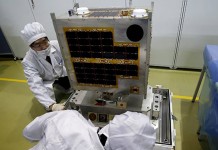
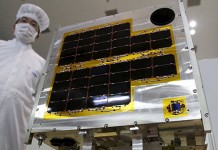




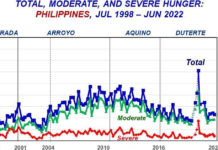


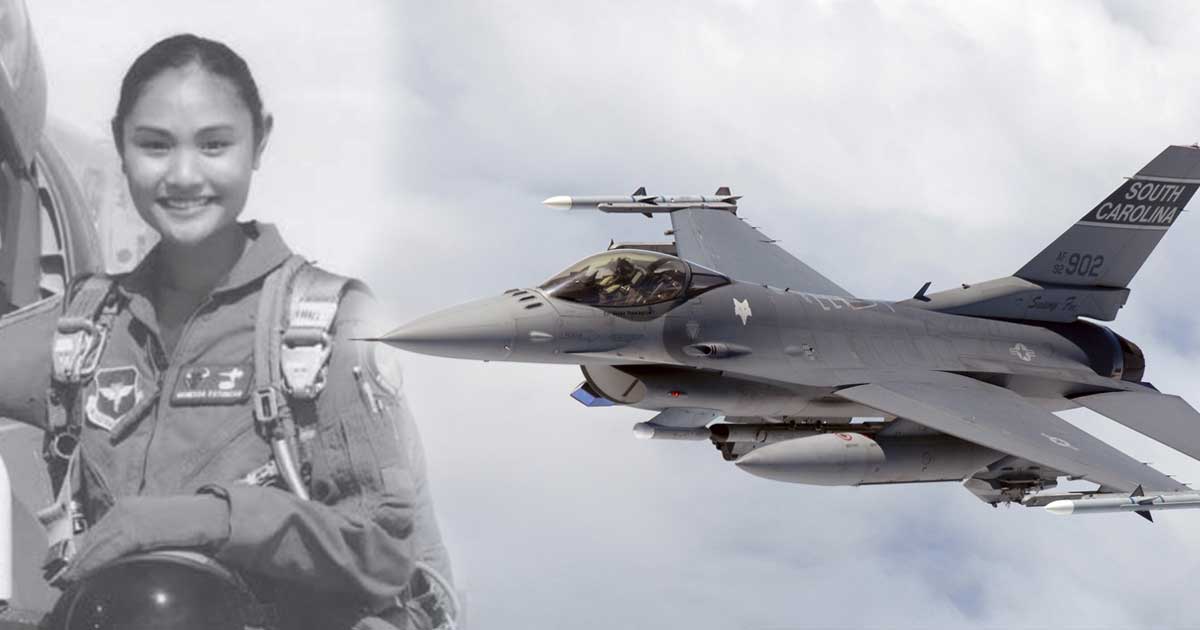

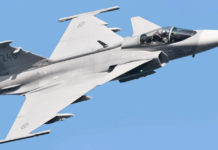


More power to you beloved Philippines!!! The DIWATA Satellite assembled by our great Filipino scientists is the first Philippine “eye-in-the-sky” …something that makes us feel great and happy of being a Filipino.